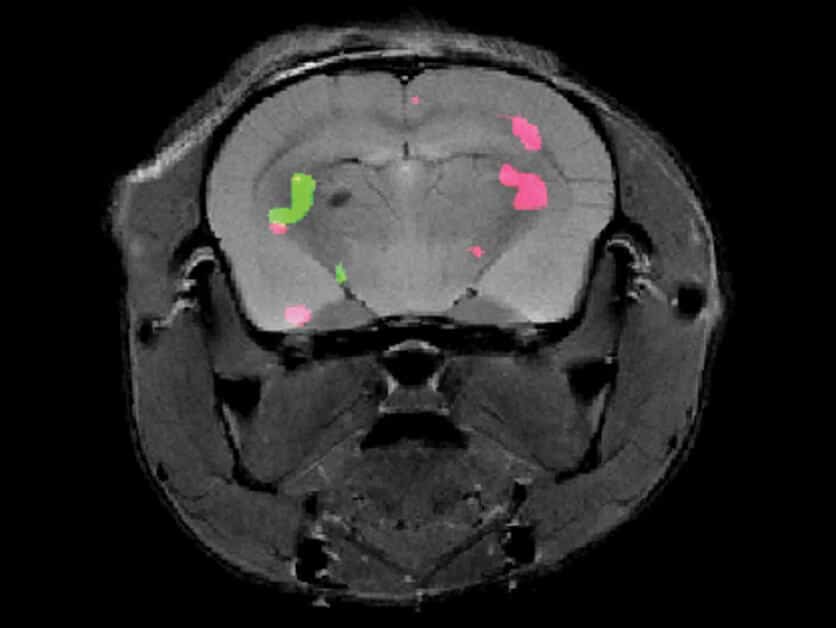by Jeff Foust —

WASHINGTON — NASA’s InSight Mars lander has recovered from a safe mode caused by a dust storm in January, but the project’s leader says the mission is still likely to end within a year because of declining power levels.
In a presentation at a meeting of the Mars Exploration Program Analysis Group (MEPAG) Feb. 3, Bruce Banerdt, principal investigator for the InSight mission, said he expected the lander to resume normal operations Feb. 5 after going into a safe mode Jan. 7.
The safe mode was triggered by a regional dust storm that blocked sunlight for the solar-powered lander. That storm “expanded very rapidly,” he said, based on data from other spacecraft. “We did not really get any early warning on this.”
Dust storms are measured by a factor called the optical depth, or tau, with a higher value meaning less sunlight reaching the ground. For this storm, Banerdt said the storm never got higher than about two. “It’s still pretty dusty, but not so dusty that it really threatened the spacecraft,” he said. InSight could have handed dust storms with a tau of about four before the lack of sunlight available for power caused major concerns. By comparison, the Opportunity rover, whose mission ended after a dust storm in 2018, measured a tau of 10.8 before going offline.
The safe mode ended Jan. 18 and controllers have been gradually restoring the lander to normal operations, he said, with no sign of any lasting effects from the dust storm.
The mission, though, has been grappling with a gradual decline in the spacecraft’s power because of dust accumulating on its solar arrays. Unlike the Spirit and Opportunity rovers, whose arrays were regularly cleaned by atmospheric activity, dust has continued to accumulate on InSight’s arrays. At a meeting of MEPAG in June 2021, Banerdt projected that power levels would drop below that needed to keep the spacecraft alive in the spring of 2022.
That date has been pushed out slightly, but he said the long-term outlook for the lander still does not look promising. “Our current projections indicate that the energy will drop below that required to operate the payload in the May/June time frame and probably below survivability some time near the end of the year,” he said.
The mission is still working on ways to clean the arrays, including procedures where the lander’s robotic arm scoops up dirt and drops it just upwind of the arrays, so that grains bounce off the array and jar loose accumulated dust through a process called saltation. “It sounds like a crazy thing to do, but it actually works,” Banerdt said. The project has done it several times, and in each case it raised the output of the arrays by 1-3%.
Those efforts, though, may only delay the inevitable. “We don’t have a crystal ball, but our best estimate is that we probably won’t be getting very much science data past the summer,” he said. “The spacecraft is probably not going to last more than about a year.”
The decline in power has matched expectations, he noted, with more than enough power for InSight to get through its primary mission of one Martian year after its November 2018 landing. The mission also met its top-level science goals despite the declining power and the failure of a heat flow probe to burrow into the Martian surface.
InSight’s operations are funded through this year. Banerdt said that the mission has submitted a proposal as part of NASA’s ongoing senior review of planetary science missions for an extension in the event there’s a “cleaning event” that removes dust from the arrays and boosts the lander’s power. Such an event, though, is unlikely, he acknowledged. “We’re not betting our mortgage on it.”
Note: This article have been indexed to our site. We do not claim legitimacy, ownership or copyright of any of the content above. To see the article at original source Click Here













